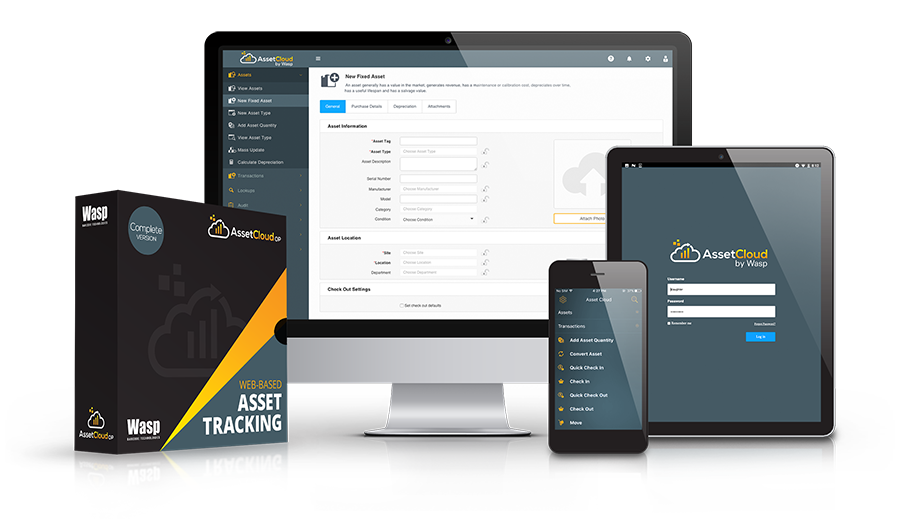Different Systems Used for Asset Tracking
- RFID Tags: RFID stands for Radio-Frequency Identification Tags that use an antenna to transmit the data. Although it’s a good asset tracking system, the drawback is that it doesn’t send data over long distances.
- Barcode Tags: In this type of asset tracking system, barcodes labels or asset labels or tags are used to quickly scan the item that automatically updates the software record. Several barcode software solutions can be used in this type of asset tracking system.
- GPS/IoT-based:GPS or IoT-based (Internet of Things) can give some more accurate and detailed asset tracking information around the location of an item. This asset tracking system is considered the best for high-value equipment and outdoor locations.

Learn How Asset Tracking Software Works
As we have already discussed, asset tracking can be done in various ways, including barcode labels, asset labels, RFID tags, or GPS attached to assets that further help in tracking the asset’s location. Let’s discuss how asset tracking actually works.
Asset tracking is usually performed through software that adds the IDnumber on the labels and tags for total control over the inventory. This tracking system requires an inventory database to maintain the data record, including the asset locations and checking if any is missing. If an asset is missing, the inventory databases can help check for mistakes.
Asset tracking is nowadays observed in different companies with varied sizes of inventory. Some examples of the big industries that follow such asset tracking systems to handle larger inventories are farming, construction, mining, cities managing emergency equipment, etc.










